Tourist Guide to the Top Wine Regions in New Zealand
If you wish to spend a relaxing vacation that features some of the most picturesque wine regions in the country, you need to check our list of the top wine regions in New Zealand.
There is almost no delicacy in the world that can come close to a bottle of fine wine. If you wish to get a taste of this heaven, head over to New Zealand today. New Zealand has more than 7 wine-growing regions, which share around 700 wineries spread throughout the entire country, across 13 exceptional wine-growing appellations.
Most of the vineyards are situated near the coastal regions, as the cooler summer climate and mild winters make way for the long days full of sunshine, cool night temperature, and a long growing season.
These long growing seasons, combined with the slow ripening process, provide aid for producing the complex wines for which New Zealand has become famous all over the world.
For an instant and urgent requirement, an Emergency Visa for New Zealand can be requested at New Zealand Visa Online. This might be a death in the family, a sickness in oneself or a close relative, or a court appearance. For your emergency eVisa to visit New Zealand, an urgent processing charge must be paid which is not required in the case of tourists, Business, Medical, Conference, and Medical Attendant New Zealand Visas. You may receive an Emergency New Zealand Visa Online (eTA New Zealand) in as little as 24 hours and as much as 72 hours with this service. This is appropriate if you are short on time or have scheduled a last-minute trip to New Zealand and want a New Zealand visa right away.
New Zealand Visa (NZeTA)
New Zealand Visa Application Form now allows visitors from all nationalities to obtain New Zealand eTA (NZETA) by email without visiting New Zealand Embassy. Government of New Zealand now officially recommends New Zealand Visa or New Zealand ETA online rather than sending paper documents. You can obtain NZETA by filling out a form in under three minutes on this website. The only requirement is to have a Debit or Credit Card and email id. You do not need to send your passport for Visa stamping. If you are arriving to New Zealand by the Cruise Ship route, you should check the New Zealand ETA eligibility conditions for Cruise Ship arrival to New Zealand.
Northland
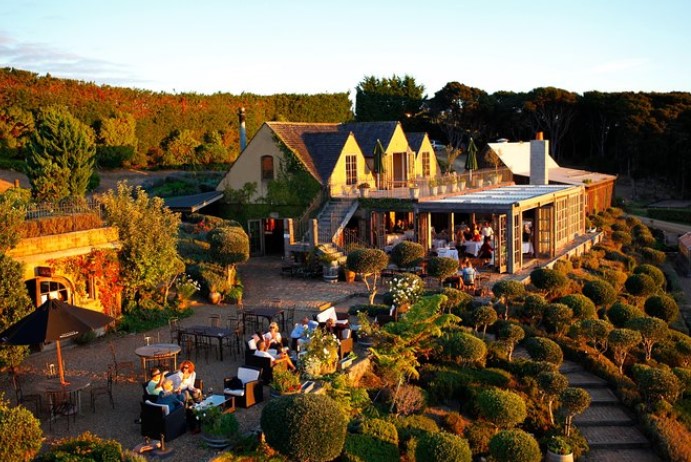
Northland is known locally as the birthplace of the nation. Among the first British settlers was missionary Samuel Marsden, and travelling with Samuel Larson were grapevines. Northland’s location and proximity to the sea give the region a subtropical climate, warm spring temperatures, hot dry summers, and clear autumn days, allowing fruits to ripen early.
With vineyards spread across the length of the upper North Island, the influence of mesoclimate can dictate the varietal selection on each side. Carrie Carrie and Out To The Bay Of Islands is home to the densest plantings, where Syrah and Chardonnay really relish, and the additional heat is not achieved elsewhere in the country.
Merlot Malbec and Pinot Gris are also important to the region. Site selection is pivotal in maximizing exposure to cooling maritime breezes. Soils are predominantly sandy loam and impart a richness to the wild. Some vineyard sites are planted on and around ancient agricultural land that has been found for hundreds of years. Northland’s warmer climate makes way to produce wines like nowhere else in New Zealand.
Marlborough
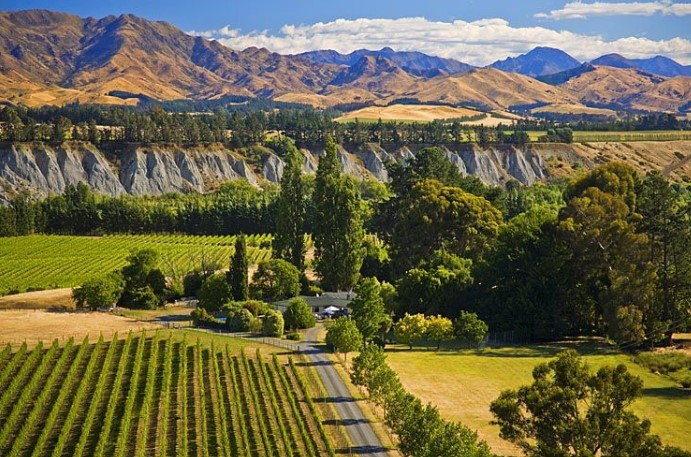
Undoubtedly one of the most famous regions in New Zealand when it comes to wine-producing, Marlborough is most popularly known for its production of fantastic Sauvignon Blanc. This region alone accounts for more than 77 per cent of wine production in the country. This area is also known for its earnest production of Pinot Noir and Chardonnay.
Tucked away in the northeastern corners of the South Islands in New Zealand, Marlborough’s beautiful vineyards are set beneath the huge mountain ranges within the Hinterlands in the north and the south. At the very centre of the region stands the lowland valleys, which offer the perfect soil composition and temperate weather conditions required to grow concentrated red and white wine. If you move towards the north or east direction, you will be greeted by the beautiful coastlines and tiny islands that dot through Marlborough’s sounds just offshore.
Overall, Marlborough falls amongst one of the most geographically diverse regions in the country. Here vintners are given the opportunity to harvest and produce wine that is unique to New Zealand, speaking in terms of aromatics and favor. If you want a fun, safe, and affordable trip to explore the wineries of Marlborough, you will get numerous options for bus tours from the towns of Queenstown and Blenheim.
A majority of the wineries in this region have a partnership with tour companies and thus offer discounts and perks to visitors who opt to avail this mode of transport. If you want something that is a little different, you can also explore Marlborough through self-guided bike tours.
READ MORE:
Winter is undoubtedly the best time to visit the South Islands in New Zealand - the mountains wrap themselves in white snow, and there is no dearth of adventure as well as leisure activities to lose yourself in. Learn more at Tourist Guide to Winter in New Zealand’s South Island.
Auckland
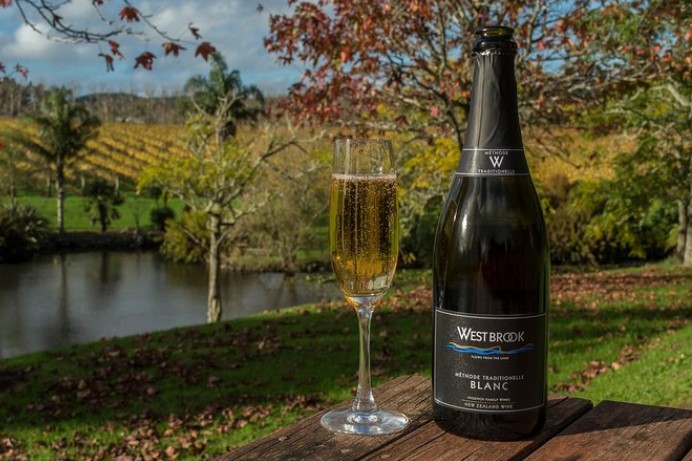
Auckland is New Zealand's largest city and home to one of the country's oldest and most diverse wine regions, spanning the narrow width of the upper North Island. With vineyards planted on the Island’s steep coastal slopes and sheltered inland valleys stretching across both west and east coasts, and the Pacific Ocean to the east and the Tasman Sea to the west, every vineyard in the Greater Auckland area has a maritime influence. On the mainland, Auckland experiences some of the highest rainfall cloud cover and humidity in the country, making brilliant viticulture.
Formed by volcanic activity 50,000 years ago, all of Auckland's vineyards, from Clevedon to Matakana, share a similar soil type of heavy clay that adds mineral complexity and hydrates the vines in hot dry years. Kumu is located in the foothills of the White Sakura ranges, it is one of the oldest areas of winemaking in the country. The complex clay soils produce some of the best Chardonnay in the world, along with classic merlot based reeds which age remarkably well.
Waiheke Islands
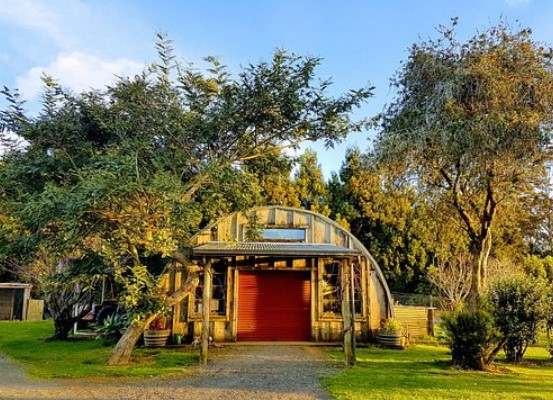
If you take a short ferry ride of only 35 minutes from Auckland, you will reach Waiheke Islands, where you will get the opportunity to enjoy the beautiful countryside scenery. However, other than being a mesmerizing island getaway, Waiheke islands in the Hauraki Gulf is one of New Zealand's premium red wine regions, with some of the best Bordeaux red wines and spirits are grown here.
Waiheke has around 12 different wineries, and also a very lively artsy scene along with a quaint lineup of cafes, where visitors can come and relax with a cup of coffee, as you breathe in the fresh Pacific sea breeze. The region is much drier and warmer than the mainland. While you are there, do not miss out on the opportunity to stroll through the serene beaches and enjoy the scenery filled with olive groves!
READ MORE:
EU passport holders can enter New Zealand on New Zealand Electronic Travel Authority (NZeTA) for a period of 90 days without obtaining a visa. Learn more at New Zealand Visa from European Union.
Matakana
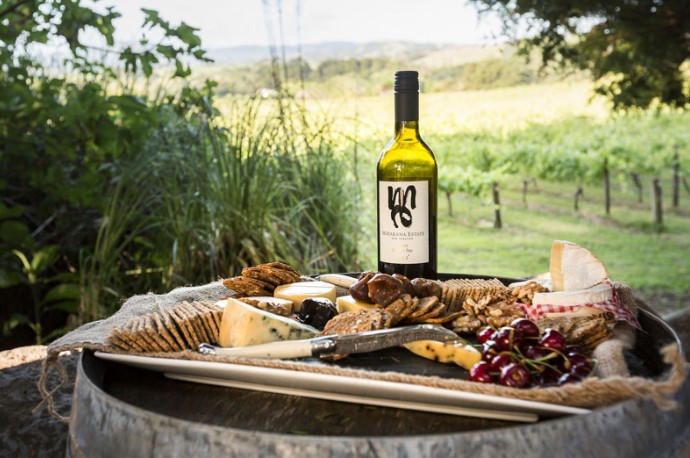
Hitting further north, Matakana has been situated only an hour-long drive away from the north of Auckland CBD. The warmer climate serves as the perfect premise for thriving boutique vineyards that also offer wine tastings, restaurants, luxury accommodations, stunning destinations for weddings, or simply for a great day out. Perched on the region's east coast with vineyards mainly on gentle slopes and producing rich pinot gris, it has gained the fame of heaven of merlot blends.
The Matakana wineries grow some of the most diverse grape varieties in the nation, ranging from 28 different French, Italian, Spanish, even Austrian varieties, comprising 11 whites and 17 reds. You will not want to miss out on the excellent white wines such as the Chardonnay, Pinot Gris and Albarinõ, as well as the fine red wine such as Merlot, Syrah and Cabernet Sauvignon.
With its maritime influence, meso climates, and mineral-rich clay soils, Matakana has all the right elements for the production of ultra-premium wines, particularly the highly regarded chardonnays and full-bodied red wines. You will fall in love with the silky Italian varieties such as Sangiovese, Dolcetto, Nebbiolo, Barbera and Montepulciano.
Gisborne
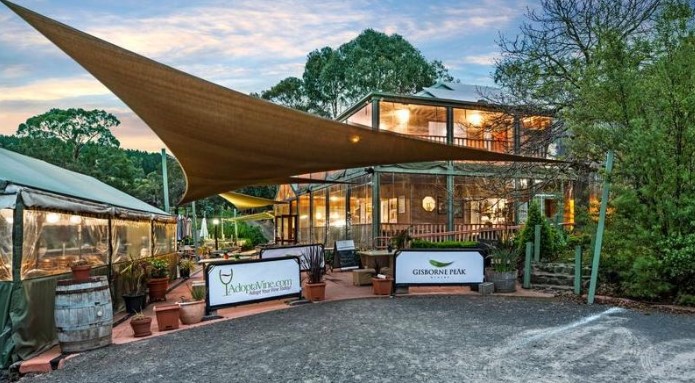
Traveling down the east coast of New Zealand, you will find the first vineyards in the world to see the New Sun every day - welcome to Gisborne! Sheltered by hills and mountain ranges to the north and northwest, Gisborne's warm dry climate is moderated by the nearby ocean.
One of the key strengths at the Gisborne wine-growing region is the spring rainfalls, during a long dry summer. This low rainfall in combination with clay, loam, and limestone soils give Gisborne the perfect terroir for many classic varieties. These conditions are unique and enable all vineyards to be dry-farmed. Chardonnay is the largest variety planted here, along with other aromatics like Vionnet, Ramona, and Pinot Gris.
READ MORE:
The nightlife of New Zealand is fun, adventurous, dreamy, and elite. There are numerous events to suit the taste of every soul coming from different parts of the globe to. Learn more at A Glimpse of The Nightlife in New Zealand
Ormond
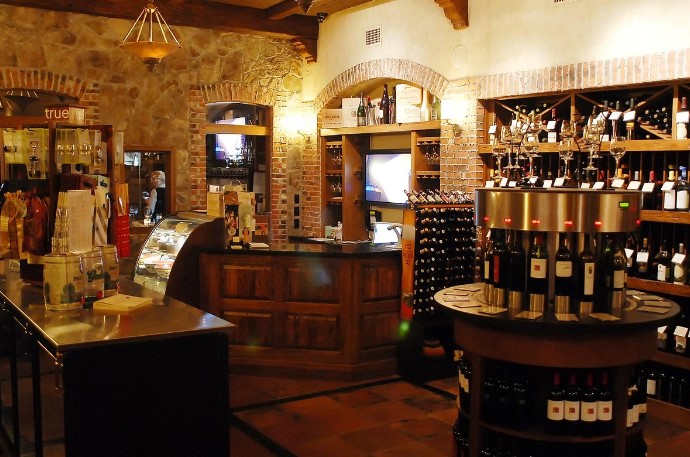
Further up the Waipaoa River at the north of the city, you will find the greater Ormond sub-region. From the upper Ormond vineyards down the Hexton hills to the Ormond Valley, many high-quality pinas enjoy a frost-free warmer mesoclimate. Between the Ormond Valley and the city of Gisborne, are Hexton hills, feeding into the Central Valley sub-region. The Hexton hills form a thin ribbon of plantings, ranging from the rich clay in the Ormond and Hexton hills, into the limestone at the foothills.
If you go across the limestone foothills in the valley that surrounds the Waipaoa River, you will come across the Central Valley, which is a mixture of clay loam and silt soils. Learning about Gisborne's sustainably farmed and organic clay, limestone soils, high sunshine hours, and minimal rain, it is easy to see how world-class Chardonnay is right at home here, with classic aromatic whites as well as Pinot Noir and Syrah!
Hawke’s Bay

Travelling down the East Coast, you will find New Zealand's second-largest wine region - Hawke's Bay. A diverse region that supports distinct sub-regional mesoclimate and vines planted across 25 different soil types, combined with the Hawke's Bay's warm dry maritime climate, this makes for one of the longest growing seasons in the country. Hawke's Bay successfully produces some of New Zealand's most famed Bordeaux blends, Syrah, and Chardonnay.
No less than ten different sub-regions have been created by the movement of the main rivers over thousands of years - the Ngaruroro River and the Tukituki River have created a series of exposed ancient riverbeds, winding around the region.
If we speak on a smaller scale, the wine producers at Hawke’s Bay are also trying to their potential in growing aromatic grape varieties such as Viognier, as well as Spanish varieties such as Tempranillo. Other than its wine production capabilities, the fertile land and elevated sunny climate of the region has also given it a great advantage in growing high-quality fruits. At Hawke’s Bay, visitors are given private tours as well as customizable day trips. If you want something that is a bit more affordable, you can also go for the small group tours that take stops at numerous panoramic viewpoints and multiple wineries.
READ MORE:
There are about 60 nationalities that are allowed travel to New Zealand, these are called Visa-Free or Visa-Exempt. Nationals from these nationalities can travel/visit New Zealand without a visa for periods of up to 90 days. Learn more at New Zealand eTA (NZeTA) Frequently Asked Questions.
Gimblett Gravels

From the coast to the cooler central Hawke's Bay Hills, the most significant and renowned region for producing fine wine lies at the centrally located low-lying Gimblett Gravels. As the name suggests, the soils are stony gravel, with a thin layer of fine sand and exposed river stones at the surface, absorbing heat throughout the day in reradiating it through the cool and clear nights. This makes for the perfect climate to grow grapevines
Bridge Pa Triangle
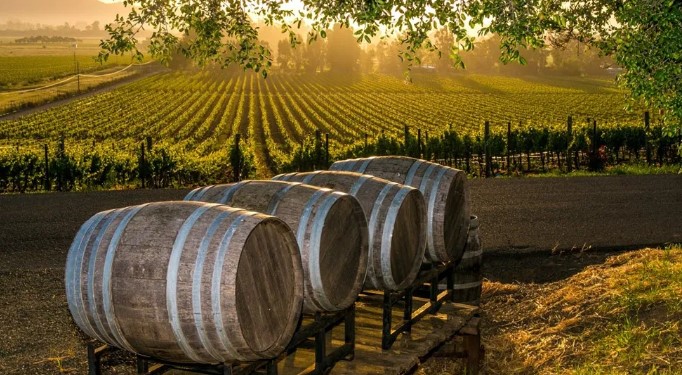
Further inland, neighbouring the Gimblett Gravels is the Bridge Pa Triangle, another premium sub-region. Bridge Pa has the oldest soils in Hawke's Bay on what is called the Header Taller planes. Also known as the Maraekakaho Triangle or the Ngatarawa Triangle, this low fertility and free-draining alluvial soils sit on a bed of red metal, distinct to the sub-region. The sub-region produces plush Bordeaux red blends, outstanding champagne, and wines like Merlot, Syrah, Chardonnay, and Sauvignon blanc.
READ MORE:
Every Nationality can apply for NZeTA if coming by Cruise Ship. Learn more: Visa Waiver Countries
Ensure that you have checked the eligibility for your New Zealand eTA. If you are from a Visa Waiver country then you can apply for an eTA regardless of the mode of travel (Air / Cruise). United States citizens, European citizens, Hong Kong citizens, United Kingdom citizens, Mexican citizens, French citizens and Dutch citizens can apply online for New Zealand eTA. United Kingdom residents can stay on New Zealand eTA for 6 months while others for 90 days.
Please apply for a New Zealand eTA 72 hours in advance of your flight.
